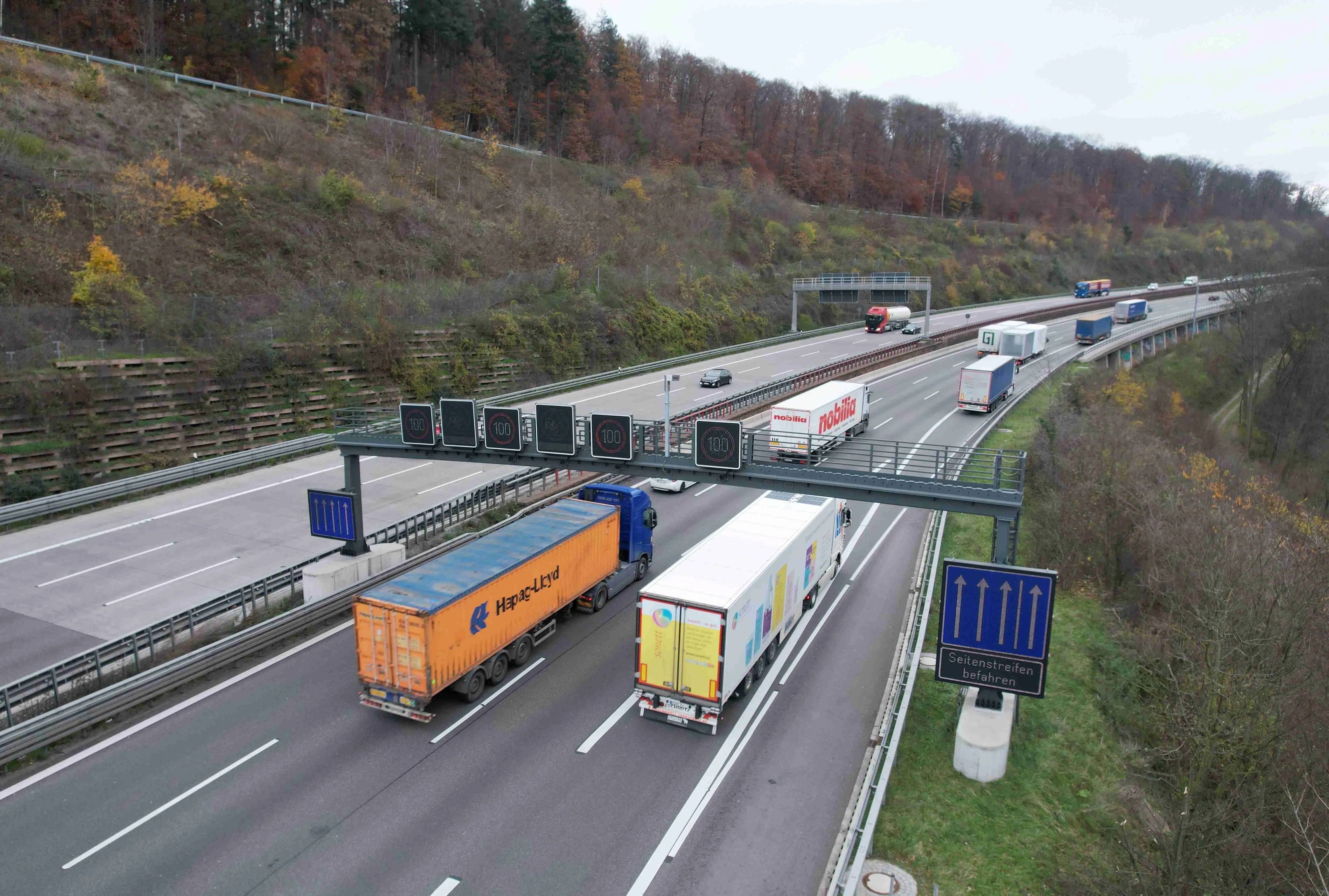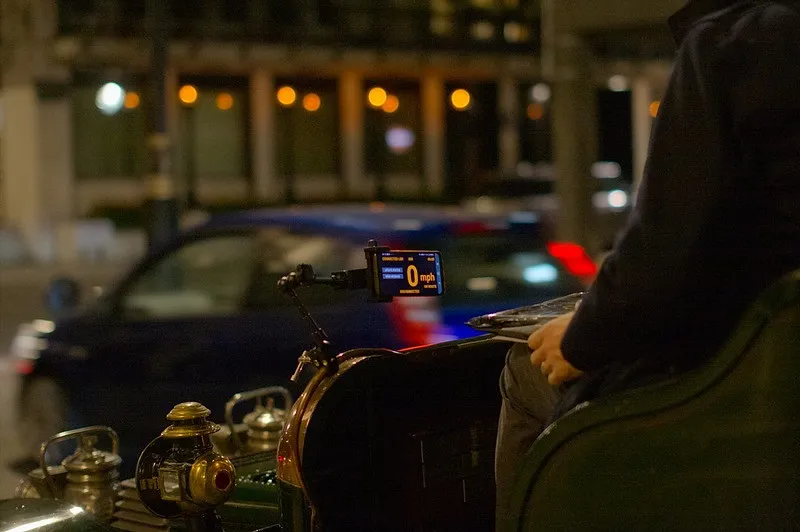The journey times shown are calculated using DATEX II actual time journey time data collected from in-vehicle sensors and relayed by the National Traffic Operations Centre (NTOC). These times are renewed every five minutes. The messages displayed replicate those shown on
MVIS VMS solution deployed on Highways England’s road upgrade project
Mobile Visual Information Systems (MVIS) has implemented its DATEX journey time solution (JTS) on Highway’s England’s US$1.9 billion (£1.5billion) A14 Cambridge to Huntingdon upgrade scheme, enabling an average of 85,000 drivers daily who use the 21 mile stretch of road to navigate the roadworks. The project incorporates 26 Bartco UK VMS-Cs variable message signs which display journey times from their locations to the end of the affected stretch of road
September 4, 2017
Read time: 1 min










